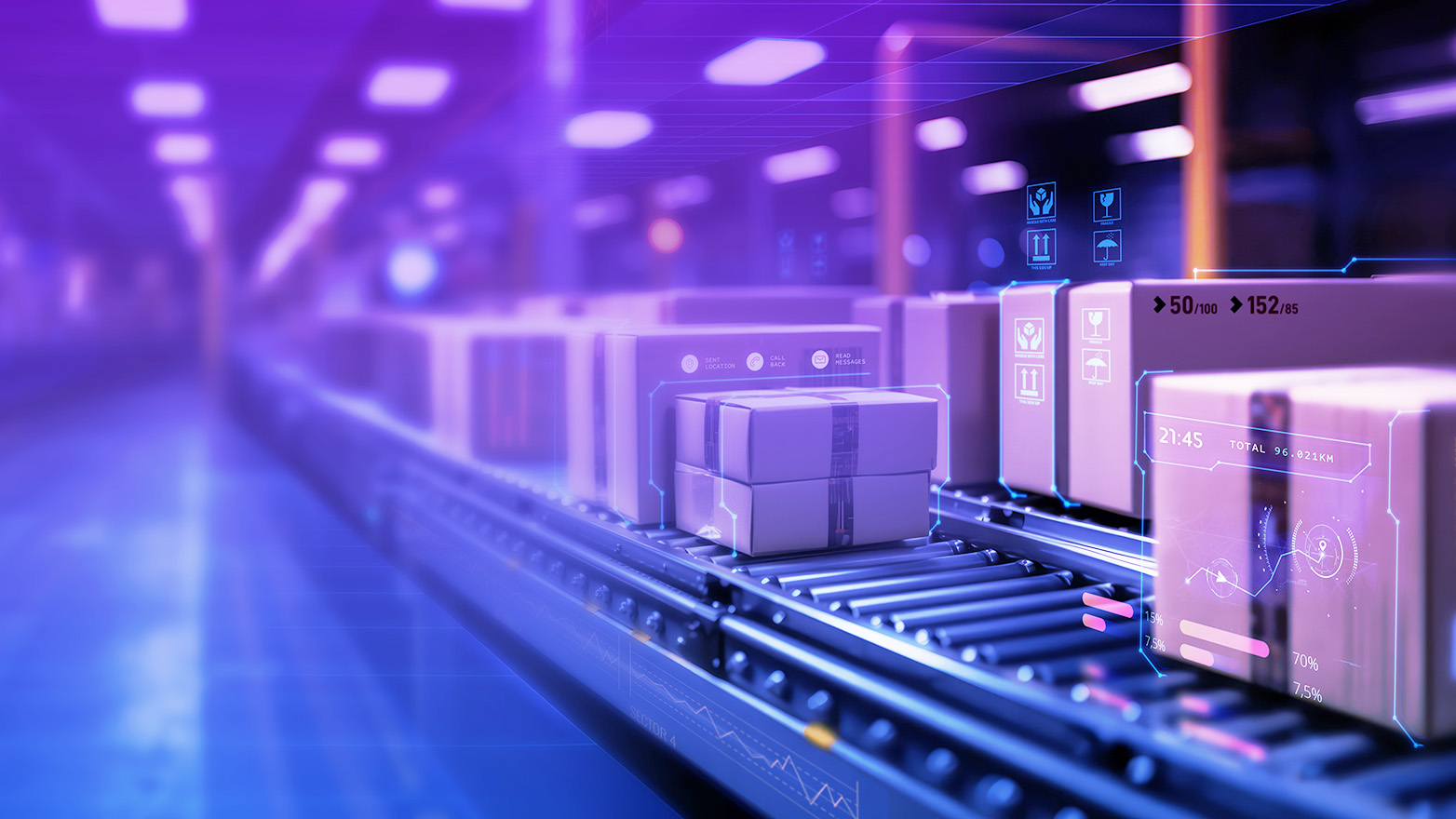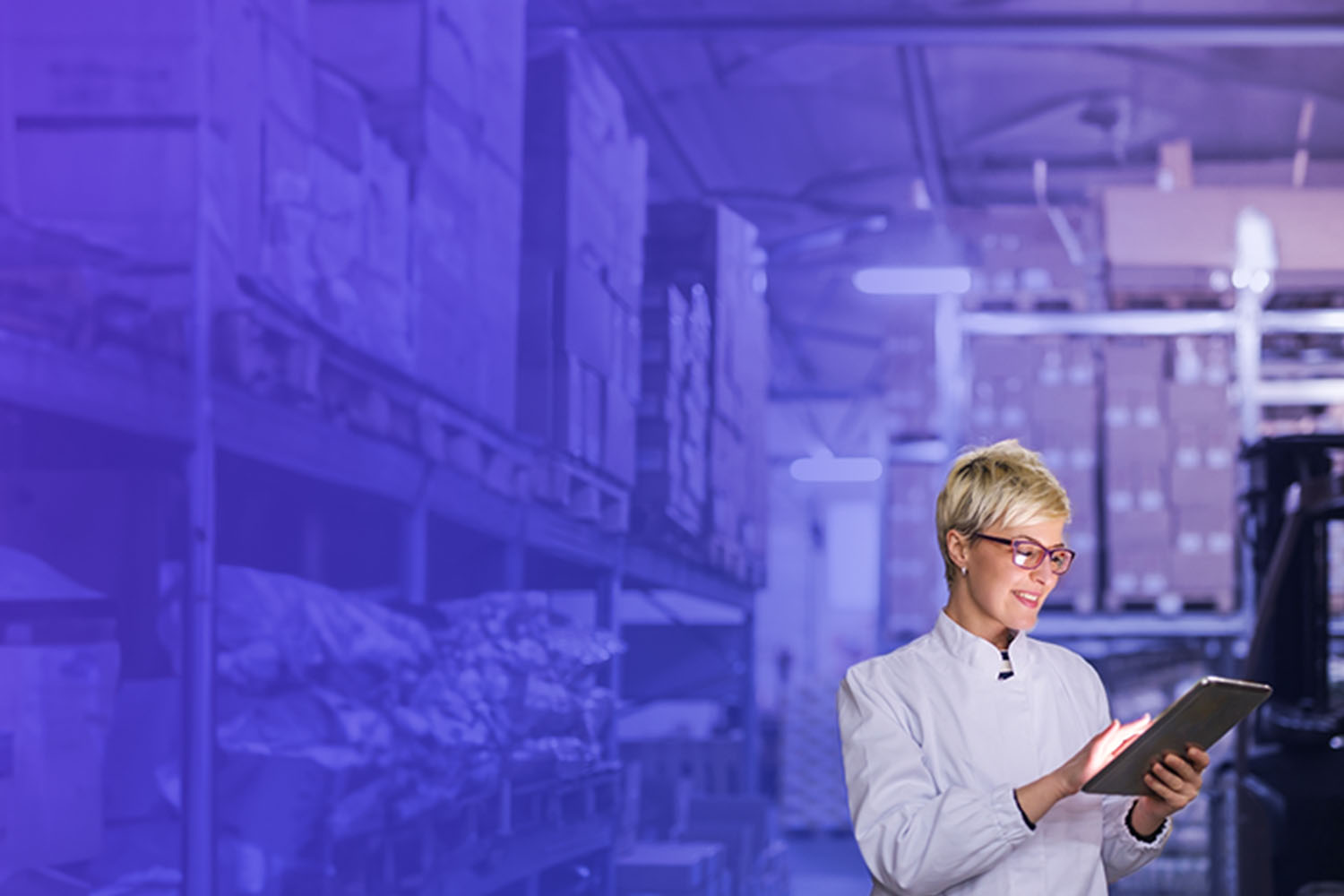Transcript
Intro: You're listening to Supply Chain from KPMG a KPMG podcast series that addresses your supply chain needs from strategy to execution.
Mary Rollman: Welcome to the KPMG supply chain podcast. My name is Mary Rollman, and I lead supply chain at KPMG. Our topic today is centered around warehouse automation. Definitely not a new topic, but not an old topic either. With me today are two leaders from KPMG's supply chain practice. We have Craig Russell and Chris Coffin. Craig, do you want to introduce yourself? And then Chris right after him.
Craig Russell: Yeah, sounds great. Thank you, Mary. Thanks for having us on today this is going to be fantastic. I'm really excited about it. My name is Craig Russell. I'm one of the leaders within supply chain, and we have a lot of focus around warehousing and automation that we've been able to execute for clients over the past few years, Chris.
Chris Coffin: Hey, Chris Coffin here, really excited to join the call today. I'm working supply chain operations with Craig and Mary, and I focus mainly on our industrial manufacturing clients working on logistics and distribution projects.
Mary Rollman: Awesome. So, we have two experts on the call today. The first thing I want to ask when we think about warehouse automation no matter when we've talked about it before. What are the value drivers that clients expect behind the use of warehouse automation? Craig, do you want to go first?
Craig Russell: Obviously first and foremost, everybody wants to talk about their customer base, right? And so, we kind of break it into 4 groups. But I would say, speed to customer is one of those top elements where everyone believes they can get things delivered next day. How do we? How do we be able to effectively get product to customers and clients even faster than we have before? Right growing complexities and expectations from those customers continue to change. So that's probably one of the one of the top items. Another one is really that improved accuracy, right? When we talk about inventory, forecasting, accurate order fulfillment, making sure that when we ship the product to that customer it's the right product, you know, and it gets there at the right time. And then we can decrease the amount of returns. We can decrease the amount of inventory gluts that we might see that might come into play where we have too much inventory. Another really big one that we think about is space utilization. You know. How do we do more with less, or maybe even the same physical space but bring in more business to that space. Right? So, in some cases with automation, we're able to increase the density within the four walls, maybe even bring in more clients things of that nature so really get better value out of that space utilization that you have today. But I would say, probably the biggest one that we think about, and we talk about quite often is really around labor right? So, automation is really provided in some cases up to 50% reduction in labor requirements at a company, you know, and that ability to absorb some of the attrition that we've seen over the last 5, 6 years, and just finding the right talent, the right people to come in and work within your four walls. That's another element that's become very challenging for a lot of companies, and it's not always just a reduction. But again, through that natural attrition, maybe you don't have to replace those people. But even more importantly, is that right talent, those right people. How do you become that supplier, or that company of choice right, the place where people want to work so you can retain your top talent. And automation also helps with that. Everybody loves automation that makes their jobs easier, smoother. It makes more sense to them, right? So labor is really, I would say, the really the foundation of some of the value that we see within automation today.
Mary Rollman: Yeah, you certainly don't know how great it can be to use automation until you have it, and then you don't have it right? You mentioned the labor market. My goodness, this has been a conversation for so long. The shrinking labor force or the workforce that we have available with birth rates slowing and baby boomers are retiring. And so now we have just a smaller number of people that can actually work in some of these jobs, but let's take a step back. I want to think about automation and really put in perspective for the audience how companies go through the process of automating something like warehousing that has been around for many, many years. And, Chris, do you mind walking us through kind of the stages of automation?
Chris Coffin: Yeah, happy to Mary. We typically see four stages of folks on their automation journey. And I want to spend a little bit of time talking about the first one which we consider to be foundational. I think there's probably two things that folks just have to get right before starting an automation program. The first is around data. There's a wealth of data that's needed in terms of getting an automation program off the ground, including data on your materials, data related to the layout dimensions of your storage footprint and a variety of other performance measures that should exist. The other focus area is around visibility and having some sort of inventory management system in place. This could be a full WMS or warehouse management software. It could simply be a digital method to track materials within your four walls of the facility. And these are just a couple of the foundational things that need to be there. You know the next stage, as we think about the maturity curve for automation is about deploying some very basic automation. Think about some of the early tools that many operations have adopted to automate manual activities. These are things like RF scanning guns and voice pick, which has been around really for decades. The next stage is related to infrastructure, infrastructure upgrades. This is where we really start to see investment in scaling automation capabilities come into play. In terms of infrastructure upgrades there's really two focus areas. The first is digital so this includes things like a warehouse execution system, which is sort of the orchestrator between your warehouse management software and your automation hardware. Also related to digital upgrades is 5G, that's required to run some of these automation assets and internet of things sensors. You know, the other focus area for infrastructure upgrades is the hardware. So, this is the fun stuff. These are the robotics that's behind laser guided vehicles and automated storage and retrieval systems and smart conveyor systems. So, sort of the last stage in maturity for automation is this concept of an integrated digital ecosystem. And this last stage is really focused on tying everything together from your warehouse management software to your ERP, to even some of the maintenance systems that can predict failures on your automation hardware. Clients in this space that we've been working with are focused on end-to-end automation all the way from, you know, order management and order intake through fulfillment and logistics, through payment and even reverse logistics operations. So, these folks are truly focused on automating their middle and back-office activities.
Mary Rollman: What a broad range of things, although technically when I think about it, I think of the robots, right, picking everything up and moving things around. But what's hot now? I mean, that's one of the things that goes through my mind is with automation being very broad, being fairly mature in terms of it's been around for a while, and it's just probably continued to get better and better. What are you seeing in terms of the types of automation that clients are looking to either implement or assess? Craig, can you provide your perspective and your experience on the types of automation?
Craig Russell: No, thanks, Mary. I couldn't agree more. I mean, there's a lot going on with automation. And what are those steps that people are taking? And what are we really seeing, right? And I don't know how you do your Christmas shopping, but I can certainly tell you that you know I'm ordering product and gifts for my kids and my wife, you know literally the week before Christmas, because I know it'll get here. And you know, how are companies doing that? You know how are they able to achieve that and be able to fulfill those orders? And so, we really see just really two main ways this is happening. So, it's really through digital automation and physical automation. So, when we look at the digital automation and Chris just touched on it, that's kind of a foundational item that we like to talk about with, you know, dynamic slotting, the labor optimization, the scenario modeling and building. And that's really using the tools. The electronic tools like warehouse management system, scanning, you know, being able to send your workers out to pick product and then deliver products so that you're utilizing their time more efficiently. And I would say, those are more attainable items that a lot of companies, it's almost become a standard. So, we're seeing a lot of that. And companies saying, okay, how do I take that next step, right? How do I improve my digital automation platform that I'm utilizing today to get even better at what I'm doing. And then the other piece for those that are already at that level so say they're at a maturity level one or maybe even a two, and they already have the digital automation. They want to get into that physical automation aspect. Whether that be conveyors, robots, and I know you just mentioned you think of the robots. We all think of these robots running around fork trucks, picking up product and dropping it off. Another really big one that's coming out, especially in the retail space, is what's called advanced storage and retrieval systems where it takes and puts your product into a giant box that nobody can go into. It's all run by these robots that run up and down and they pull product out, and they bring it to an end user that can then pick the items out of the bin and then push them down a line to get shipped out to a customer or client. And so, when we think about that, you know that's really the physical aspect. But there's constraints around the physical aspect. You have to have the space you have to have the foundation and the concrete that has to be appropriate for it, so it can be a little bit more costly. But the benefits are certainly there, and that's where you make your big leaps and jumps today, going forward with automation. Again on the on the digital side, you know, we want to continue to see companies improve their digital standing. We want to see them continue to improve their technology they're utilizing and make that their foundation so they can take those steps into the physical side.
Mary Rollman: Oh, there definitely is value. I heard that loud and clear Craig because even though the work may be there, and it and the effort required to move to fully automated the value is pretty significant. So, here's where we get to give some advice. How do clients actually get started? Where do they really begin when they start thinking about automation for their warehouses? Chris, I'd love to hear your perspective on this.
Chris Coffin: Yeah, you know, Mary, I think a lot of folks can pretty easily get overwhelmed when they're thinking about, how do I actually get started. But you know for me, I think the takeaway here is that look, automation isn't a one size fits all solution. And really the best way to get started is with an assessment to you know, identify what are our goals related to automation? How are we going to define success? Where? What's our current state? Where do we want to be? And how can we bridge that gap? Identifying the right solution for your operation really requires an assessment of the different automation types that are out there for best fit for your requirements, and identifying the right solution really requires an assessment like this of the different automation types that exist and comparing what's available on the market from these different automation vendors to see what capabilities are a fit for your operation. Kind of the last thing I'll talk about with this is, you know one of the biggest outputs of the assessment would be putting together the business case. I think a lot of folks out there think that hey automation is probably out of reach for me. It requires this significant capital investment. But people might be surprised to realize that there are a lot of financing options out there that don't require a lot of upfront investment. For example, a lot of the automation providers that Craig and I are working with are offering automation as a service, and it’s sort of a pay by the pick method for getting automation in your facilities. So, I wouldn't rule out massive capital investment as a prerequisite to get started in a lot of these cases.
Mary Rollman: That is really interesting and certainly a real indicator of how valuable this really is. So, there's a lot to look forward to in this space. I hear that from you. Thank you, Craig, and thank you Chris. We appreciate your time. And certainly, the role of a supply chain leader is not getting any easier when warehouse automation processes can do so much, and the options for supply chain leaders to choose from are vast and personal simultaneously. So once again thank you to the KPMG leaders that joined me today. I want to thank you, our listeners, for taking the time to hear what we have to say. For more information about this topic or any other topic in supply chain you can check us out online at KPMG/supplychain. And that's all we have for you today.
Thanks for listening to Supply Chain @KPMG. Be sure to subscribe to be notified of new episodes.






